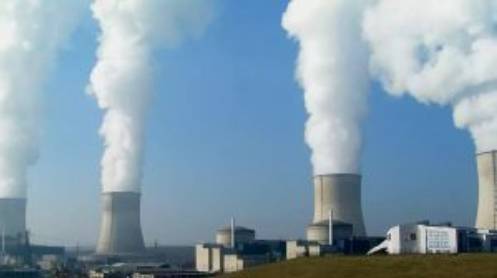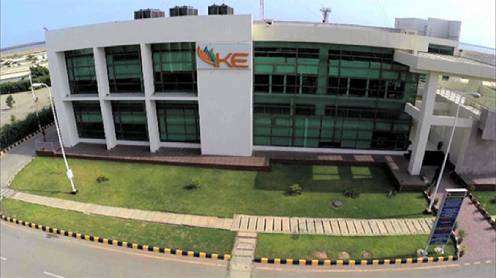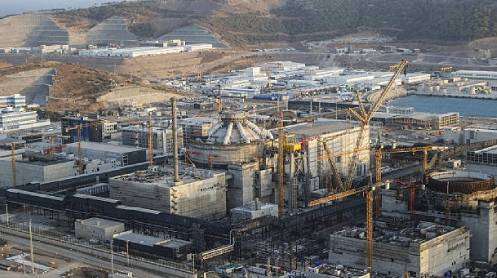ISLAMABAD: A significant reduction in the use of imported Re-gasified Liquefied Natural Gas (RLNG) by Pakistan’s power sector has led to the shutdown of local gas fields producing up to 400 million cubic feet per day (mmcfd), sparking concerns over long-term damage to the country’s energy infrastructure.
According to official data, four RLNG-based power plants — originally declared must-run projects — are now operating below capacity in breach of their gas supply contracts. These plants were built under sovereign-backed take-or-pay agreements with Qatar and Italy’s ENI, supported by a dedicated pipeline network and two LNG terminals.
Currently, the power sector is consuming just 600 mmcfd of RLNG, falling short of the contracted 800 mmcfd, while the export sector’s RLNG consumption has plummeted from 350 mmcfd to just 100 mmcfd due to surging costs — now Rs3,500 per MMBtu, plus an off-the-grid levy of Rs791 per MMBtu.
This underutilization has led to a dangerous surge in line pack pressure, now reaching 5 billion cubic feet (bcf) — a threshold that poses serious risks to the national gas distribution system. In such cases, local gas fields are shut down to stabilize pressure, but these wells may suffer permanent pressure loss, jeopardizing future production of gas, LPG, and crude oil.
Attock Refinery Limited (ARL) has repeatedly warned that reduced crude availability from local fields is affecting its operations, preventing the refinery from running at full capacity, senior Petroleum Division officials confirmed.
The situation is also generating surplus LNG supply, with an excess of 30 LNG cargoes annually, despite the monthly diversion of one cargo from ENI to international markets starting February 2025. Officials disclosed that Rs242 billion worth of expensive RLNG has already been diverted to the domestic sector in FY25.
Initially, the four RLNG plants were required to absorb 66% of the gas on a take-or-pay basis, later reduced to 50% in 2020. This change, approved by the Economic Coordination Committee (ECC), has complicated the Petroleum Division’s planning, while Pakistan State Oil (PSO) remains contractually obligated to import nine LNG cargoes per month from Qatar under long-term GtG deals.
The Power Division, citing high electricity generation costs, now operates these RLNG plants based on Economic Merit Order (EMO) rather than fixed commitments. Officials argue that RLNG-based power inflates the national electricity basket price — a political and financial challenge the government is unwilling to absorb.
The Petroleum Division, led by Minister Ali Pervaiz Malik, is working on a solution ahead of the September 15 deadline, when the Annual Delivery Plan (ADP) for 2026 LNG cargoes must be finalized. Pakistan is expected to request Qatar’s approval to divert 30 LNG cargoes to the international market, provided spot prices remain favorable. If prices drop below contract levels, the government may absorb losses up to \$10 million per cargo under the Net Proceed Differential (NPD) clause.
The unfolding crisis highlights the fragile balance between contractual obligations, rising energy costs, and infrastructure risks, putting Pakistan’s energy supply chain under intense pressure.
Story by Khalid Mustafa







